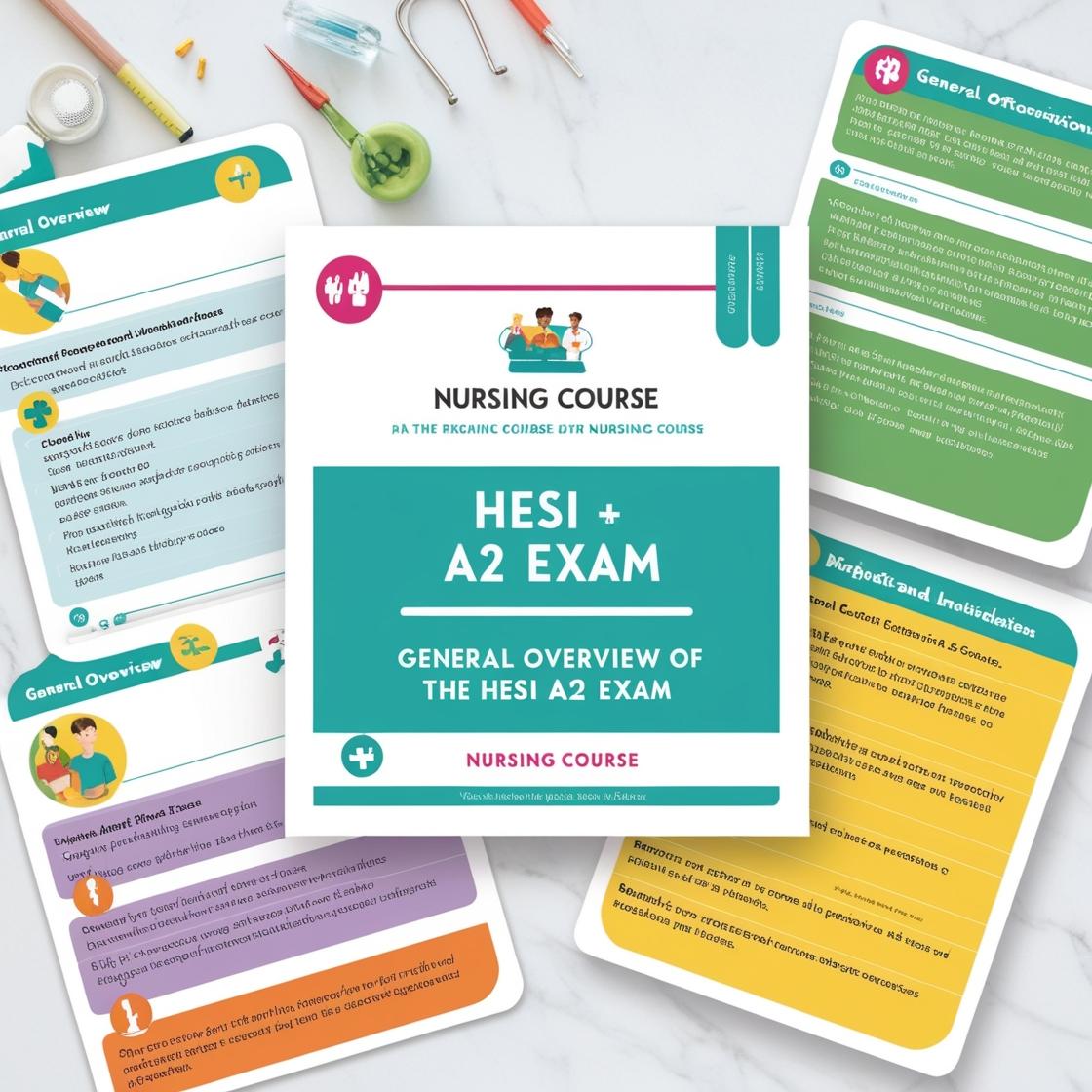HESI A2
HESI A2 Vocabulary 2023
1. Choose the meaning of the word 'tremulous' in the following sentence: 'The patient held out a tremulous hand and grasped the paperwork.'
- A. Wrinkled and wizened
- B. Pale and lifeless
- C. Clenched and arthritic
- D. Quivering and weak
Correct answer: D
Rationale: In this sentence, the word 'tremulous' is used to describe the patient's hand. When someone's hand is described as tremulous, it means it is quivering or shaking, indicating weakness or distress. Therefore, the correct meaning of 'tremulous' in this context is quivering and weak. Choices A, B, and C are incorrect because they do not capture the specific meaning of 'tremulous' in this context. 'Wrinkled and wizened' refers to being old and withered, 'pale and lifeless' describes a lack of color and vitality, and 'clenched and arthritic' implies a tight grip and joint inflammation, none of which accurately represent the trembling or shaking nature of a tremulous hand.
2. A vertiginous patient is ___________.
- A. on a liquid diet
- B. lying flat
- C. burned
- D. dizzy
Correct answer: D
Rationale: A vertiginous patient is dizzy. Vertigo is a sensation of spinning or dizziness that can be caused by various underlying medical conditions affecting the inner ear or brain. So, a vertiginous patient would be experiencing dizziness. Choices A, B, and C are incorrect as they do not accurately describe the condition of vertigo.
3. What is the meaning of impugn?
- A. To instill with
- B. To instruct about
- C. To dispute the truth of
- D. To lament or complain about
Correct answer: C
Rationale: The word 'impugn' means to challenge or attack the truth, integrity, validity, or honesty of something. It is not related to instilling (A), instructing (B), lamenting, or complaining (D). Impugn specifically involves questioning the accuracy or validity of a statement or argument, making choice C the correct answer.
4. What is another word for putrefy?
- A. Discharge
- B. Harden
- C. Panic
- D. Rot
Correct answer: D
Rationale: Another word for putrefy is 'rot.' Putrefy means to decay or decompose, especially through the action of bacteria. Similarly, rot refers to the process of decaying or decomposing, making it a synonymous term in this context. Choices A, B, and C are incorrect. 'Discharge' means to release or let out, 'harden' means to make or become hard, and 'panic' refers to sudden uncontrollable fear or anxiety, none of which are synonymous with putrefy.
5. What is the best description for the abbreviation EEG?
- A. A test of brain activity
- B. A medical service
- C. A heartbeat monitor
- D. A specialist in dentistry
Correct answer: A
Rationale: The correct answer is A: 'A test of brain activity.' EEG stands for Electroencephalogram, a test used to evaluate the electrical activity in the brain. It helps diagnose conditions like epilepsy, seizures, and other brain disorders. Choice B, 'A medical service,' is too broad and does not specifically refer to EEG. Choice C, 'A heartbeat monitor,' is incorrect as EEG does not monitor the heart. Choice D, 'A specialist in dentistry,' is unrelated to the abbreviation EEG.
Similar Questions

Access More Features
HESI A2 Basic
$89/ 30 days
- 3,000 Questions with answers
- 30 days access @ $89
HESI A2 Premium
$129.99/ 90 days
- Actual HESI A 2 Questions
- 3,000 questions with answers
- 90 days access @ $129.99
